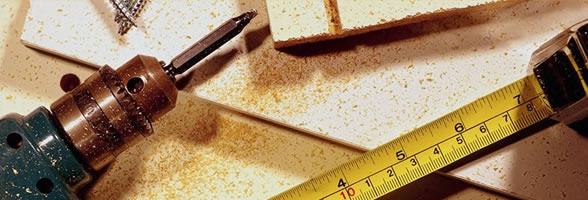
Human Breathing
- The human respiratory system consists of the following:
- Nose
- Pharynx
- Trachea and subdivisions *diagram respiratory system*
- Lungs
- Alveoli
The nose:
- Air inhaled through the nose through 2 openings called nostrils which are separated by the nasal septum.
- Each nostril leads to nasal passages
Why is breathing through the nose beneficial?
- Air is filtered by mucous and hairs in the nose
- Air is moistened
- Air is warmed
Result: When air is warm and moist it diffuses from lungs to bloodstream easier!
The Pharynx:
- Contains the epiglottis (flap that prevents food/water entering trachea when we swallow)
- Contains the larynx which contains 2 vocal chords i.e. allows speech
- Glottis is the area that contains the larynx
Trachea and subdivisions: Trachea subdivides as follows: Trachea – bronchi – bronchioles
- All of above are made of cartilage (rings of cartilage) except bronchioles – these contain muscle and elastic fibres only
- All are lined with cilia (tiny hairs) and mucous secreting cells
- Cartilage is a strong material and prevents tubes from collapsing when we breathe in
The lungs: These are large spongy structures and are where gas exchange takes place
- Outer pleura – lines chest wall and diaphragm
- Inner pleura – lines the lungs
- Pleural cavity – gap between the outer and inner pleura membranes and is full of a liquid which reduces friction during breathing
Alveoli: Bronchioles end in alveoli – hollow, balloon like air sacs
They are enclosed in a network of blood capillaries
Function: Gas exchange
Adaptations of alveoli and capillaries to improve gas exchange:
- Alveoli have thin walls (one cell thick)
- Alveoli very numerous (over 700 million in the two lungs)
- Alveoli are moist (moist air diffuses faster)
- Capillaries have thin walls (one cell thick)
- Capillaries are numerous
Gas Exchange:
What diffuses out of body cells? Carbon dioxide and water
What diffuses into body cells? Oxygen out of blood plasma
What diffuses out of alveoli? Oxygen *picture of diffusion *
What diffuses into alveoli? Carbon dioxide and water out of blood plasma
Table !: Inhaled vs. exhaled air – person at rest
|
|
|
|
|
% Oxygen |
21 |
14 |
|
% Carbon dioxide |
0.04 |
5.6 |
|
Water concentration |
Low |
Higher |
Mechanism of breathing:
- Involuntary process
Inhalation (breathing in)
- Diaphragm and intercostal muscles contract – therefore inhalation is an active process
- Ribs – up and out
- Diaphragm – down
- Volume chest cavity – increase
- Pressure chest cavity – falls
- External air pressure is higher than air in chest so air is forced (pushed) into the lungs
Exhalation (breathing out)
- Diaphragm and intercostal muscles relax
- Ribs – down and in
- Diaphragm – up
- Volume chest cavity – increase
- Pressure chest cavity – increases
- Air is forced out of the lungs
- Exercise increases both the rate and depth of breathing
Breathing disorder: Asthma
- Caused by smaller bronchioles becoming narrower
- Triggered by allergens (e.g. dust)
- Controlled by avoiding known allergens
- Treated by drugs i.e. inhalers
Control of human breathing:
- Controlled by the brain
- High levels of carbon dioxide – form an acid – decrease pH – trigger brain to cause breathing
Therefore: Carbon dioxide is a controlling factor in gas exchange in leaves and in human breathing.
Useful videos:
https://www.youtube.com/watch?v=HiT621PrrO0
https://www.youtube.com/watch?v=Mf8xTqfspp4&feature=related
